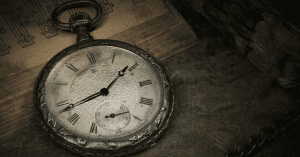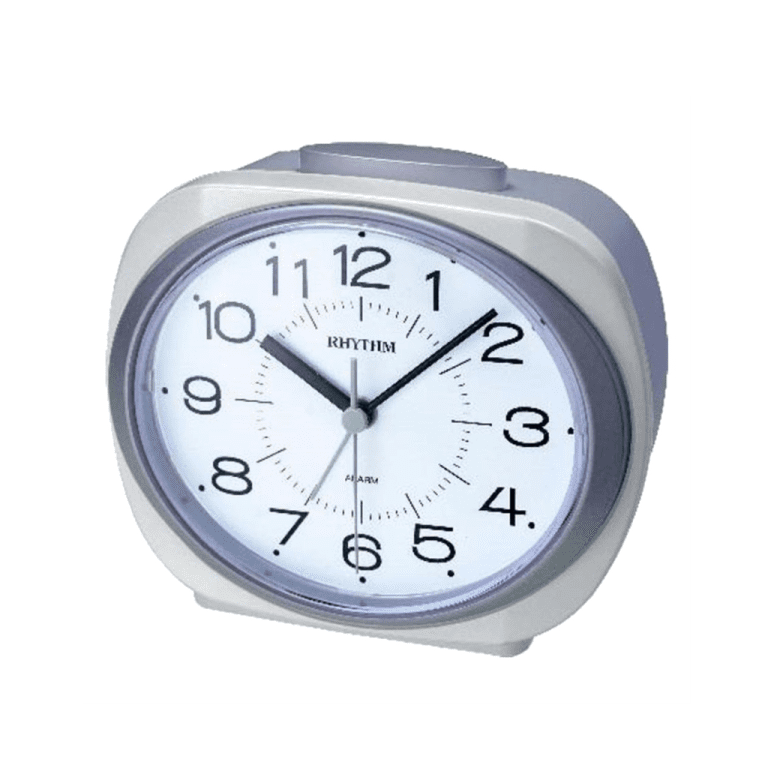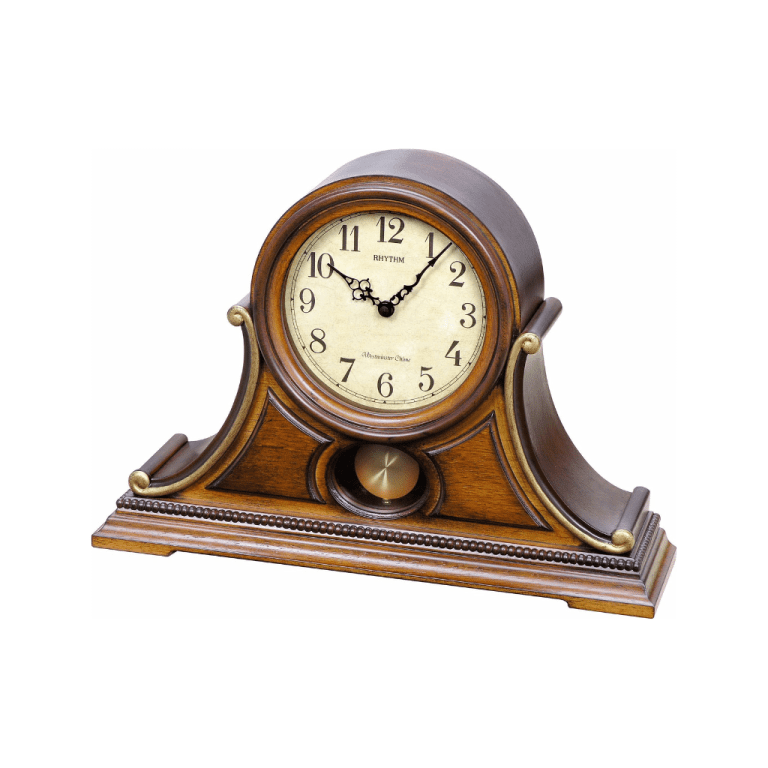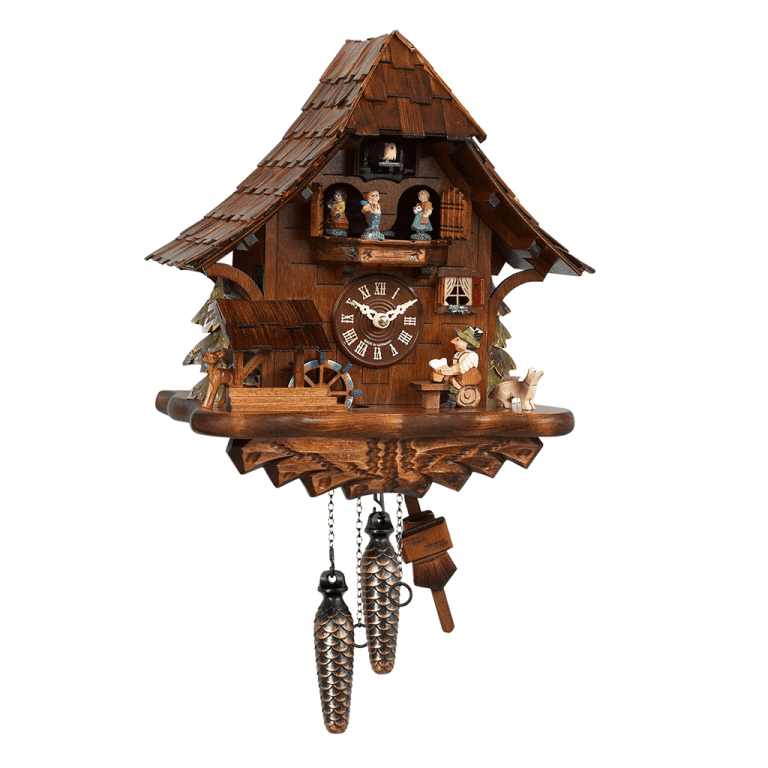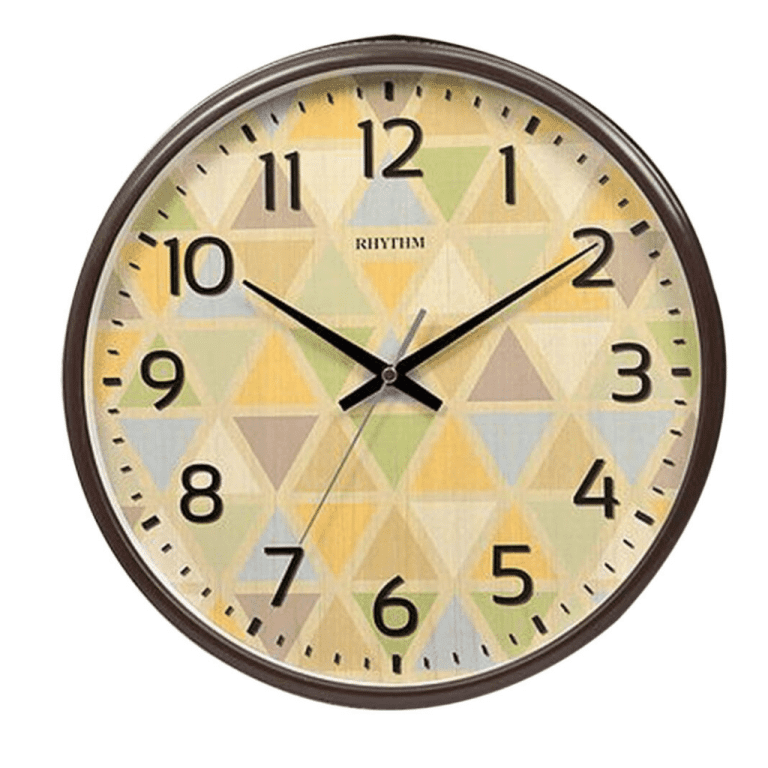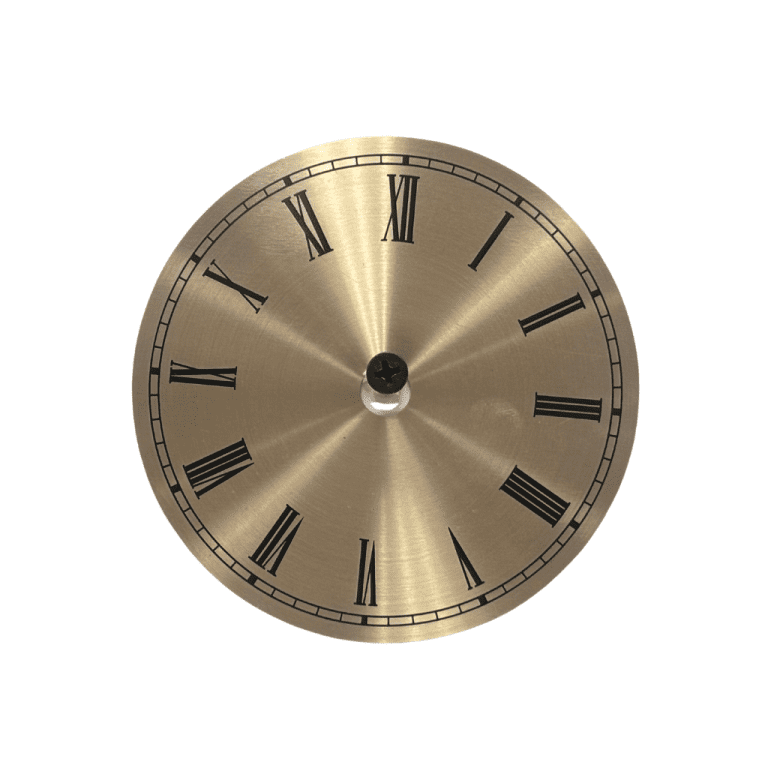Mantel clocks got their name due to their compact size that could fit on a mantle above the fireplace which was a focal point of the living room. These clocks are relatively small house clocks with the form that first was developed in the 1750s in France when the spring mechanism was invented. This invention allowed the production of smaller clocks as the power to run the clock was provided by a wound spring instead of the dropping weights. Mantel clocks were made with brass and wood movements that were supported by a seat board, and most ran for 30 days. Mantel clocks became very popular for the next few centuries due to relatively cheap manufacturing.
Nowadays, mantle clocks are also called shelf clocks as they are more often placed on a shelf, bookcase or table rather than on a fireplace mantel. But not the only change. Modern mantel clocks have different types of styles and movements.
Styles of Mantel Clocks
There are hundreds of different designs of mantel clocks that have evolved over the centuries and can be divided into several common styles.
Mantel Clocks in Tambour Style
Mantel Clocks in Tambour Style is a clock enclosed in an upright drum-shaped case with an extended base. This style of clock is one of the most common and recognizable designs. Tambour mantel clock is a lovely wooden sculpture that makes a fantastic decorative item, great for bringing attention to a once-neglected area of the home.
Mantel Clocks in Bracket Style
Mantel Clocks in Bracket Style with a roughly square case, often fitted with a handle on top, these are named after the wall brackets that held 17th and 18th century examples. These wall mounted versions had long pendulums that hung below, so needed to be hung up. The handle allowed the clock to be moved from room to room, as few households could afford more than one clock.
Mantel Clocks in Carriage Style
Mantel Clocks in Carriage Style were originally used as travel clocks. They used to be known as relatively small clocks in comparison to most mantel clocks. Carriage mantel clocks have a narrow, sturdy rectangular case that features a handle on top that is usually made of metal. These were designed to be used for timekeeping during travel in carriages which gave the name to this style. The clocks had a solid construction to cope with rough, bumpy travel that could damage more delicate clocks.
Mantel Clocks in Steeple Style
Mantel Clocks in Steeple Style will bring a gothic atmosphere into your home. Resembling a church steeple, with variations such as the beehive and double steeple, these mantel clocks are still popular and produced to this day. Steeple mantel clocks were originally designed in 1845 by Elias Ingraham who was commissioned to produce a new style of clock case. The triangular, peaked top, flanked by columns was a homage to the Gothic architectural styles popular in America in the 19th century.
Mantel Clocks in Art Deco Style
Mantel Clocks in Art Deco Style was inspired by the massively popular art and design style in the 1930s. Art Deco style, a machine-like aesthetic for a fast-paced industrial age, informed all elements of furniture and home décor, including mantel clocks. The geometric sleek style was mostly produced in France and Switzerland and continued to influence mantel clock design until the 1960s.
Mantel Clocks in Skeleton Style
Mantel Clocks in Skeleton Style forgoes a case entirely with an open frame exposing the inner workings of the clock’s movement to dramatic effect. These mantel clocks have an eyecatching style but as the movement is open for dirt and dust in the air, it creates few considerations in maintaining. Some manufacturers started to incorporate a plain glass case to avoid this.
Movements of Mantel Clocks
There are two types of mantel clocks movement. The first one is mechanical movement or keywound mantel clock movement. The second mantel clock movement is quartz or battery operated. Antique mantel clocks will always have a mechanical movement while the modern mantel clocks also have the quartz movement.
Keywound Mantel Clock Movement (Mechanical Movement)
Mantel clocks with mechanical movement need to be wound with a key around once a week to tighten the spring. The face of a mantel clock has a hole for winding where the key should be inserted. Typically clocks with one winding hole do not come with other features, like ringing bells or chimes. Some of the mantel clocks have the second winding hole to run the hourly strikes and the third winding hole to power the melody chimes. The mantel clocks with two or three winding holes will have chimes. They should have an auto night silencing feature while others have a manual switch on a clock that allows one to turn off the clock’s chime.
Keywound mantel clocks are also referred to as ‘8-day clocks’ as they are wounded weekly. Mantel clocks with 14 day and 31 day movements also exist but they are rare and hard to find which is reflected in the more expensive cost.
Mechanical mantel clocks will need regular cleaning, oiling and servicing to work properly and occasional time adjustment is required. Some clock owners see winding and maintaining a clock as a chore, but many enjoy the clicking when the key turns, the building resistance and the spending time with their clocks as all this brings them the feeling of connection and peace. If you are more of an old fashioned person you would generally go with the keywound mantel clock.
Quartz Mantel Clock Movement (Battery Operated Movement)
Mantel clocks with quartz movement use a modern power source such as batteries and keep more precise time in comparison to the keywound mantel clock movement. When it comes to the maintenance, quartz mantel clocks are more practical. The movement of quartz mantel clocks usually lasts about 20 years and requires only occasional battery changes. Replacing a movement is reasonable and relatively easy. Quartz mantel clocks are a better choice for people who prefer to spend less time for clock maintenance.
Battery operated mantel clocks most of the time have various extra features. It is common to find these mantel clocks with chimes as they produce high quality sound. Many models have a choice of chime melodies that can be turned off when needed or the volumes can be adjusted. These mantel clocks also tend to be reasonably priced as they are easier to produce and as a result more common to find.
Credited to:premierclocks


